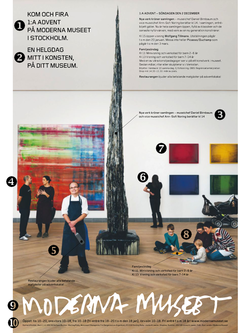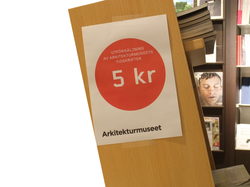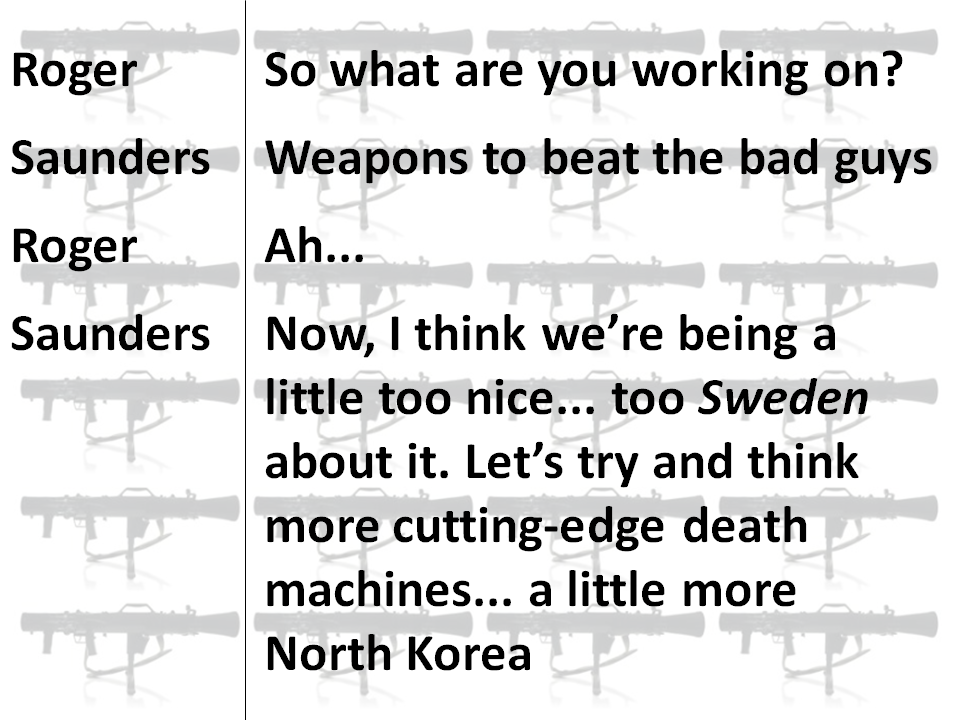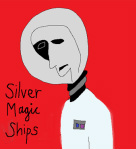
On the museum’s website is a promotional feature that includes the same image.(i) Only, on closer inspection, it becomes apparent that it differs from the version that appeared in the newspaper, Dagens Nyheter.
1 The invigilator’s clothing has been darkened. This ensures that she wears the attire of the art lover (i.e. dressed entirely in black). The same is true of the trousers worn by the visitor (2).
2 The visitor has been shifted further to the right. In the online image it looks as if she is reading a label next to the work rather than looking at the art itself. This risked introducing a troublesome piece of interpretation – a barrier preventing her from being in the midst of the art (mitt i konsten). This is alleviated by shifting the visitor closer to the art (although not too close given that the all-important pushchair is still in the way).
3 The posture of the hands-on art educator has changed. Her rather motherly pose is replaced by a less overtly protective position in relation to the three children. This prevents her from coming between them and the art (again ensuring that they are mitt i konsten). In the image on the left the children and the facilitator have their back to Sterling Ruby’s Monument Stalagmite. The print version spins them around such that all the group members are oriented towards the sculpture.
All this confirms the meticulous attention that has gone into this carefully crafted framing of Moderna Museet. A genuinely artful and art full advertisement.
___
Note
(i) “Fira 1:a advent på Moderna Museet”, http://www.modernamuseet.se/sv/Stockholm/Nyheter/2012/Fira-1a-advent-pa-Moderna-Museet/. The image is credited to the photographer, Åsa Lundén.










